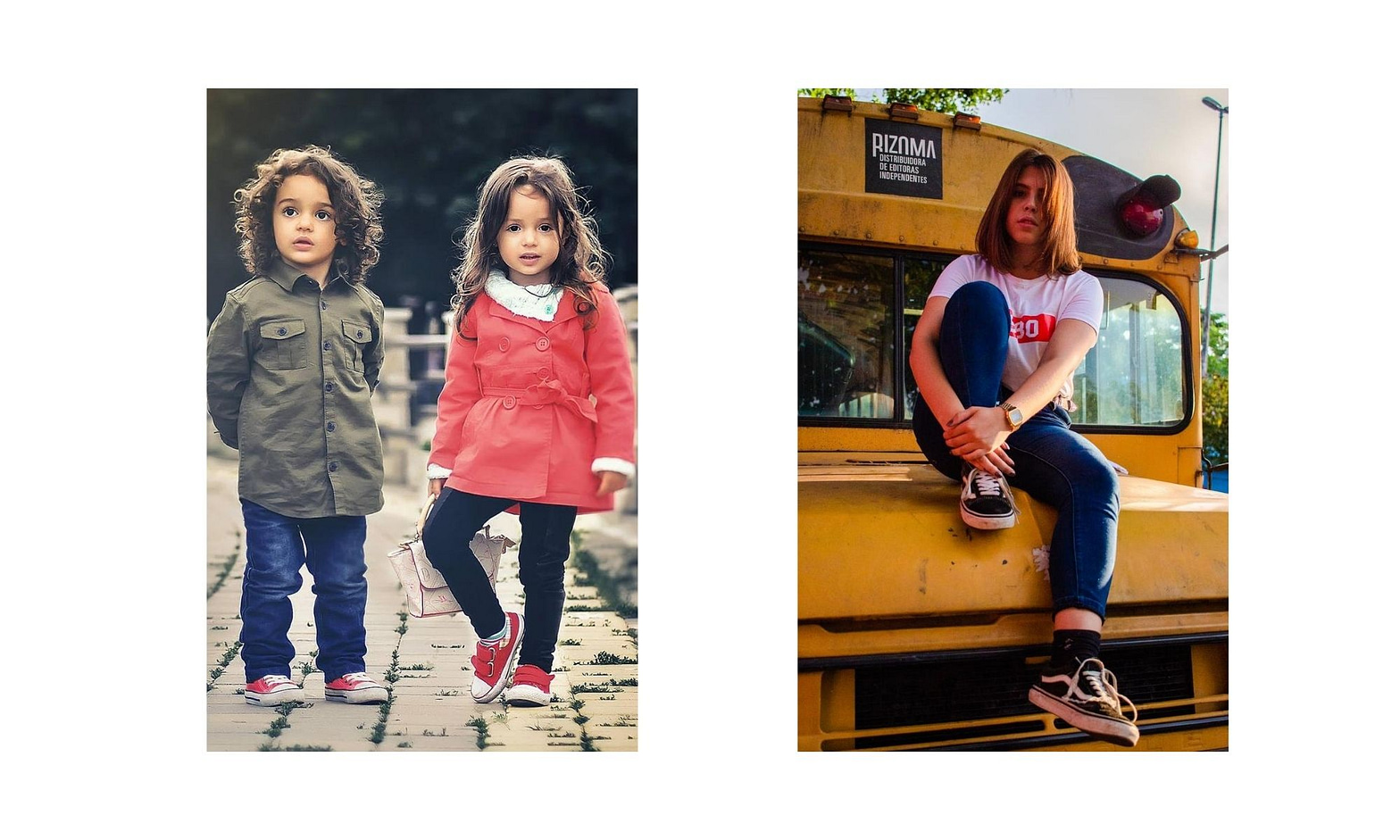*Originally posted on 31/08/2020
From this week, children and young people (in the UK anyway) are getting ready to go Back to School yay 🤣! Books and pens and are at the ready but what about the shoes your child will wear for school? Did you know that the shoes kids wear can change the way their foot works over time, as they get older?
Welcome to this special Back to School blog post, where you’ll learn everything you need to know about the best features to look for in a typical school-appropriate shoe for school kids aged between 3 to 13 years old.
(For kids over 13, see this blog post).
Also, the term “school shoe” applies to any shoe your child wears regularly for school, whether they are Trainers/Sneakers, or the typical British black school shoe.
Tips on What Makes a Good School Shoe
1 The shoe needs to have a wide enough, deep enough and long enough toe box

Q What’s a toe box?
A shoe’s toe box is the section where your toes lie. Having a toe box that fulfils all three of the above criteria means your child’s toes don’t become squashed as they walk or run.
Q How do I know if the toe box is good for the feet?
To check if a toe box is toe-friendly, get your child to wear a shoe with the laces/straps fixed. Then, use your finger to feel around the toe boxes. If you can feel toes right at the tip, sides and/or the top of the box, the shoe’s toe box is not long enough (there needs to be at least 2 mm between the tips of toes and the tip of the box), wide enough nor deep enough respectively.
Summary
A narrow, shallow and short toe box generally can cause trauma to toenails, so having a good toe box is essential. Of course, there needs to be a balance- you don’t want a toe box that’s too wide, too long or too deep because this can cause those little toes to slide inside shoes, causing trauma.
2 There needs to be support via a lace or a strap


When you walk in a shoe, your foot should keep still, which provides support. Good school shoes that provide this support have adjustable laces or straps, such as Velcro straps. A lack of support means that your child’s foot moves around too much in these shoes, which can result in continuous trauma to their toes and toenails over time.
Prolonged toenail trauma for kids can potentially lead to Onychocryptosis (ingrown toe nails)- boys are somewhat more likely to develop this, especially ones who wear poor footwear (like football boots) regularly.
I’ve treated some preteen boys that got Onychocryptosis due to an injury occurring at the toe box- a good story that pops up in my mind is this one preteen I see who got some ingrown toe nails from an illegal tackle in a football (soccer) game. Ouch!
3 The shoe’s heel height should be max two inches (five cm)

A school shoe with a heel height that’s too high (aka longer than two inches) are the worst shoes for kids to wear too often as it forces the foot into an abnormal position for relatively long periods of time. Over time, this can create or worsen some foot problems, such as Bunions (Juvenile Hallux Valgus)
4 Use a shoe that has an upper made out of Leather or another natural material

Synthetics and Textile uppers are not as permeable to air as Leather is, which leads to sweat being retained. When the sweat accumulates over time, Hyperhidrosis (excessive moisture on the feet) can occur. This, combined with poor foot hygiene, can lead to Bromidrosis (aka smelly feet 🤢) or even Athlete’s Foot (read about it here).
So, what’s the solution?
- Air out the school shoes after they’ve been worn
- Don’t let the kids wear the same shoe all day, everyday
- Have your child stick to good foot hygiene
- Change socks regularly
5 Get your child’s feet measured professionally and regularly

Statistically, quite a lot of school-aged kids are wearing the wrong school shoe sizes. Did you know that girls’ feet grow quickly until they turn 13 while for boys, it’s until they turn 16? (So, you can now see why getting your kids’ feet measured regularly is essential). Wearing the correct-sized shoe prevents the creation or worsening of certain foot conditions, like Juvenile Hallux Valgus. Visit a specialist shoe shop, like Clarks UK, if you are able to. If not, try this foot measurement tool from John Lewis:
Conclusion
So, now you have a complete guide on the best features of a good school shoe. As they say, happy feet equal happy kids. Also, consider including these items as part of your child’s Back to School Prep Kit:
- The Hand Sanitiser to get hands squeaky clean
- Some delicious Kids Multivitamins (adults can take this too)
- Aloe Peaches to boost immunity
Loved this article? Share this with friends and family.
For more useful tools, check out the Resources page. You can also see more items to include in your kids’ Back To School prep kit.

Subscribe to The Foot Geek
Get new content delivered directly to your inbox.
References: Neal’s Disorders Of The Feet 8th ed.






